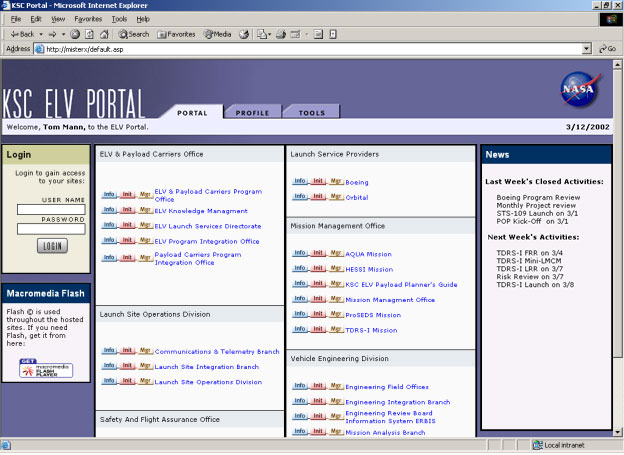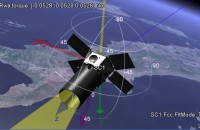Summary
A tool suite to automate spacecraft design.
Client
AFRL Star Technologies
Services
Software Definition and Design
Resource Management
Skills
Business StrategySoftware Management
Under the Operationally Responsive Space (ORS) paradigm, there are only a few days available to transform a broad range of requirements to a working, launch-ready satellite. To support this concept, an autonomous system is necessary to allow multiple subject matter experts to collaborate on all aspects of a satellite design. Existing commercial-off-the-shelf (COTS) software must operate within a framework that allows for seamless transitioning from one software package to another, and new software must be developed to fulfill new requirements and capabilities. The Mission Design and Analysis Tool (MDAAT) design tool serves as a mechanism to translate requirements into satellites.
As manager of MDAAT, I was responsible for determining the potential of existing software tools and technologies, in addition to planning new software to support an automated approach to mission design, satellite component selection, satellite construction and satellite testing.
Initial input to the mission design process includes user requirements on satellite capability (i.e., coverage is needed at a location during daylight hours) and a listing of satellite components available in the ORS part inventory. The output of the mission design process would be the single satellite or constellation definition (incorporating the minimum number of satellites) that meets user requirements for analysis in orbit design tools; a listing of required satellite components; a virtual satellite design (built autonomously based on constraints and component dimensions) for thermal analysis tools, and a detailed model of the satellite for performance validation via a detailed 6DOF dynamic simulation. Other output would include an assembly plan to simplify satellite construction, various reports and PowerPoint presentations for briefings. After the satellite has been assembled, the same software tools must support integration and test. Performance metrics should be captured and used for iterative designing.
The output of the mission design process would be the single satellite or constellation definition (incorporating the minimum number of satellites) that meets user requirements for analysis in orbit design tools; a listing of required satellite components; a virtual satellite design (built autonomously based on constraints and component dimensions) for thermal analysis tools, and a detailed model of the satellite for performance validation via a detailed 6DOF dynamic simulation. Other output would include an assembly plan to simplify satellite construction, various reports and PowerPoint presentations for briefings. After the satellite has been assembled, the same software tools must support integration and test. Performance metrics should be captured and used for iterative designing.
This work was done under a Small Business Innovative Research (SBIR) phase II, and was considered by the Air Force to not only meet requirements but have outstanding potential for Air Force and DoD. The Air Force choose to advertise MDAAT as an Innovation Story and produced marketing material which can be downloaded here (272KB PDF).



